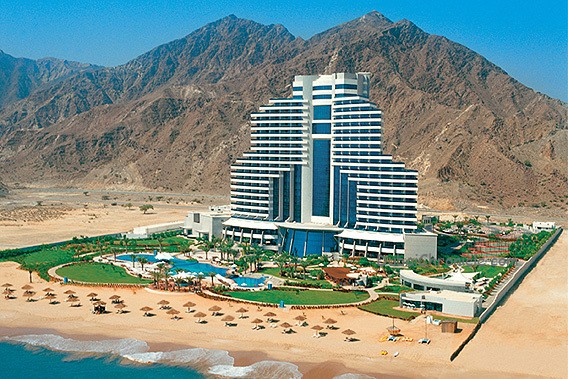Global residential property prices are still declining in a number of countries four years after the downturn and the peak of the property bubble, according to the latest survey by the International Monetary Fund (IMF).
The outlook for many housing markets still looks bleak due to the fragile state of some of the world’s strongest economies, particularly in Europe. The biggest falls were in countries which recently received bailouts, with Ireland being hit the worst as prices there dropped by 16%.
Property prices in other struggling eurozone nations, like Greece, Portugal and Spain, are also plummeting, with values having recorded double-digit price falls over the past year.
However, some markets are strengthening, with the USA and Brazil seeing some of the biggest price hikes. Brazil is actually considered to be the world’s number one property hotspot.
The country with the largest house price increase was the Ukraine, where home values were up by nearly 10%. Norway, Switzerland and Malta all reported significant growth – and notably all have remained outside the eurozone.
Property markets in developing economies have shrugged off the slump and have seen house prices soar over the last 12 months.
“The findings suggest that long-run price dynamics are mostly driven by local fundamentals such as income and population growth. The effect of more globally connected factors such as interest rates appears to be less strong,” says the report.
It adds: “Credit market conditions may cause short-run deviations from long-run equilibrium and, ultimately, when the correction starts, as it did in the most recent episode, financial stability and the overall economy bear important consequences in terms of credit institutions coming under stress and slowing real economic activity. The severity of the ultimate impact depends on various factors including structural characteristics of housing and mortgage markets.
“If past is prologue, the ongoing house price corrections could average about 23% and be spread out over a period of 4-4.5 years from peak to trough.”




































